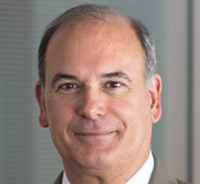New UAV to loiter the sky for five years without landing
New UAV to loiter the sky for five years without landing | Homeland Security News Wire Boeing has been given $89 million to build Vulture — a large solar-powered UAV intended to cruise the stratosphere for five years without landing; the idea is to achieve a platform which combines the good qualities of both satellites […]




